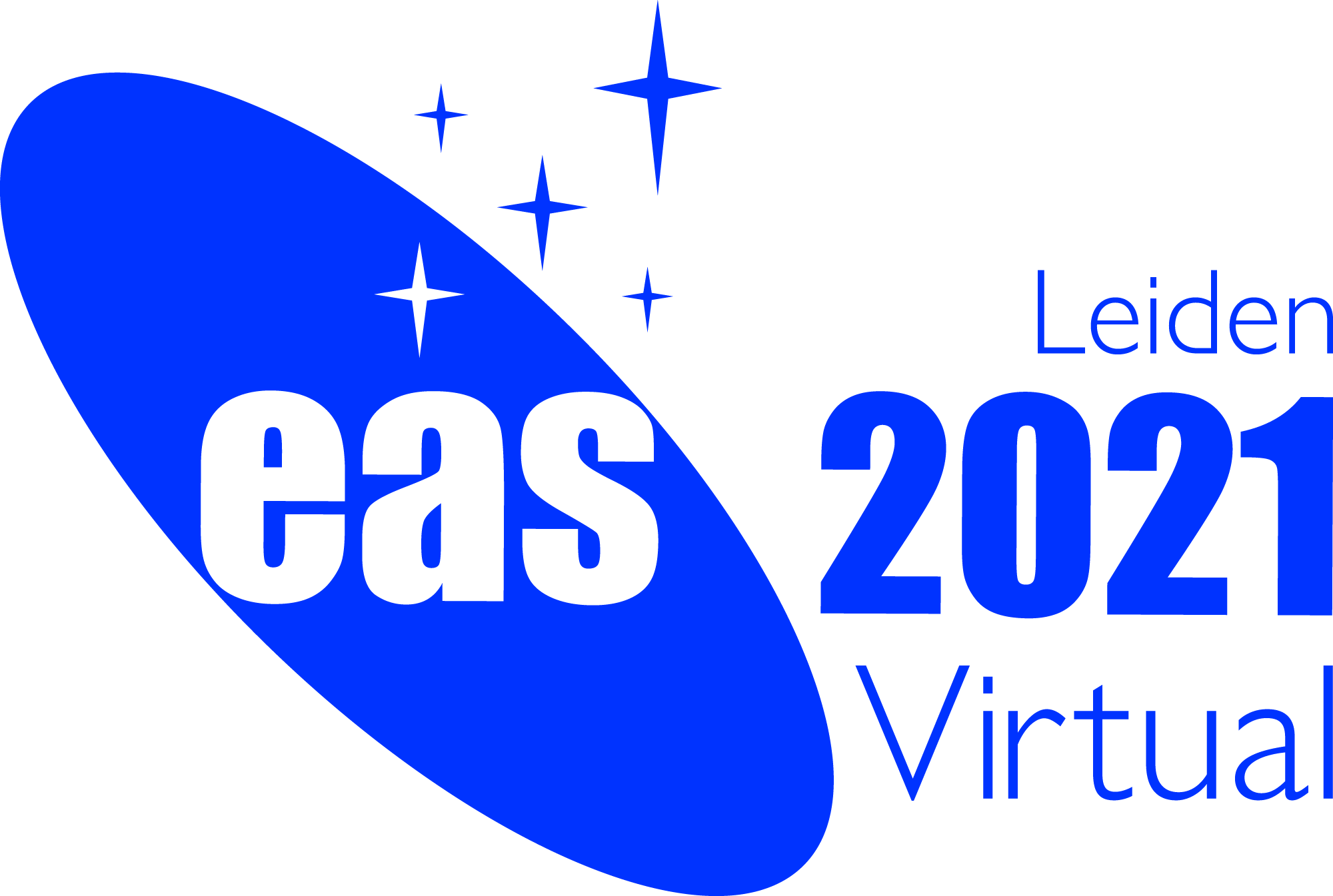Special Session SS19
30 June 2021
Streamers: thinking outside the planet-forming disk
Aims and scope
This special session focuses on exploring interactions between planet-forming disks and their surrounding material, and the impact of these interactions on disk formation and evolution. The classical picture of star-formation involves a process dominated by the material in the parental dense core, and it is the underlying assumption for simulating the star- and disk-formation process in an isolated box, which has been widely used to learn about the star-formation process. The way in which the material is delivered down to the disk-forming scales plays a critical role, with important implications for planet formation. It controls the amount of angular momentum that is deposited in the central region, which affects the disk size and its chemical composition. Further, there is mounting observational evidence that the planet formation process starts earlier than previously thought, when material is still being deposited onto the disk from the surrounding environment. It is, therefore, crucial to understand the disk build-up phase, since this determines the initial conditions for planet formation.
Recent observations at different evolutionary stages, from the embedded Class 0 up to the late Class II, have revealed the presence of accretion streamers reaching disk scales. The different observational techniques highlight the complementary nature of the various observatories, building a more complete understanding of the accretion process onto the disk. These accretion flows could provide a mechanism to trigger accretion outbursts or modify the chemical abundances of the central region. At the same time, new numerical simulations of the disk and star-formation process have explored the role of non-spherical accretion onto the disk formation scales. However, the role of this previously unaccounted mass delivery mechanism on the early planet formation process is not well explored.
We aim at bringing together the broader observational and theoretical community working across multiple phases of star as well as planet formation to present the latest results regarding the newly discovered streamers, providing a great opportunity to discuss strategies, forge collaborations, and inspire new ideas. This EAS Special Session will bring together the communities of star and planet formation, and the result from this meeting will drive future observational and numerical studies to address key questions of the role of streamers in star and planet formation.
Programme
The programme will be structured in two thematic blocks covering both observations and theory of:
- Young embedded disks
- Young planet-forming disks
Invited speakers
- Benoît Commerçon (Centre de Recherche Astrophysique de Lyon, France)
- Cassandra Hall (University of Georgia, USA)
- Dominique Segura-Cox (Max Planck Institute for Extraterrestrial Physics, Germany)
- Antonio Garufi (INAF - Osservatorio Astrofisico di Arcetri, Italy)
Scientific organisers
- Michael Kuffmeier (University of Virginia, USA)
- Farzana Meru (University of Warwick, UK)
- Jaime E. Pineda (Chair, Max Planck Institute for Extraterrestrial Physics, Germany)
- Linda Podio (INAF - Osservatorio Astrofisico di Arcetri, Italy)
Contact
Jaime Pineda jpineda @ mpe.mpg.de
Updated on Mon Jan 11 16:51:53 CET 2021
|

 A power cut will shut down all EAS services on Tuesday, 10 January 2017 starting at 7:30 CET.
A power cut will shut down all EAS services on Tuesday, 10 January 2017 starting at 7:30 CET.


